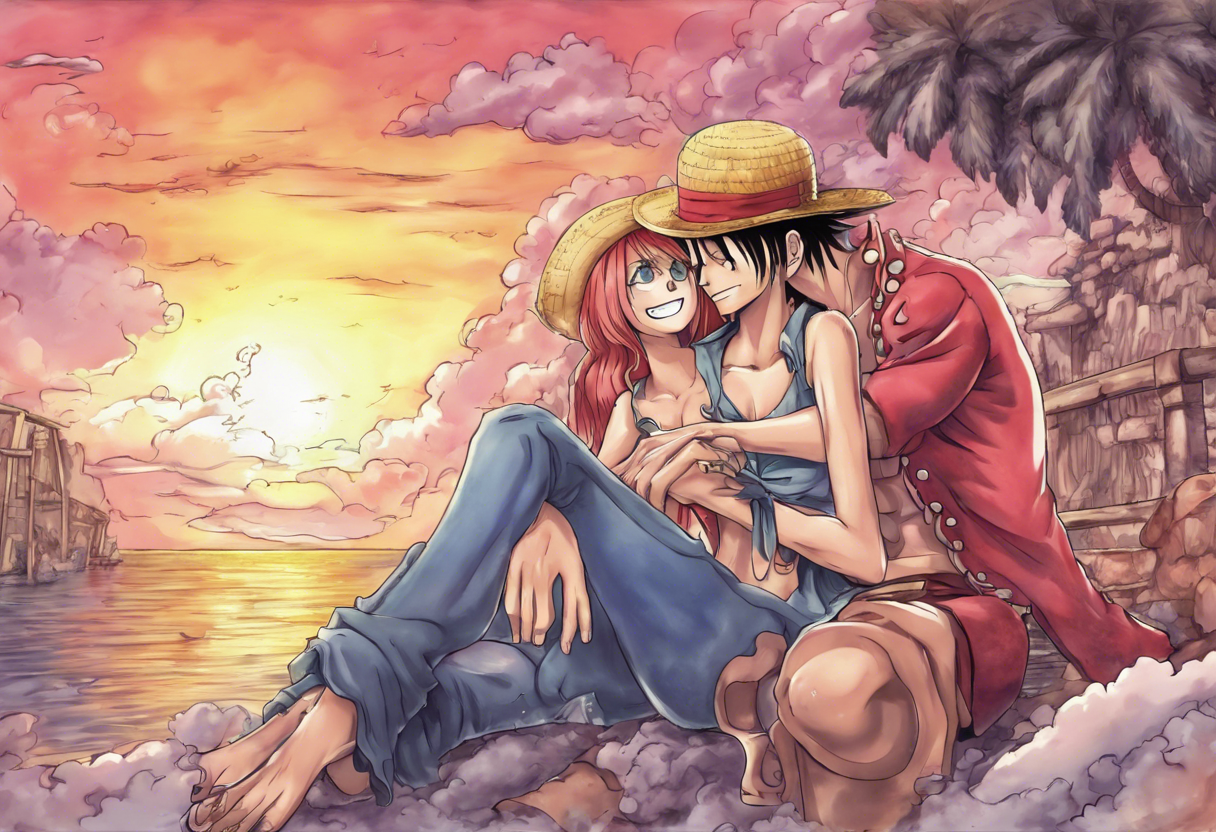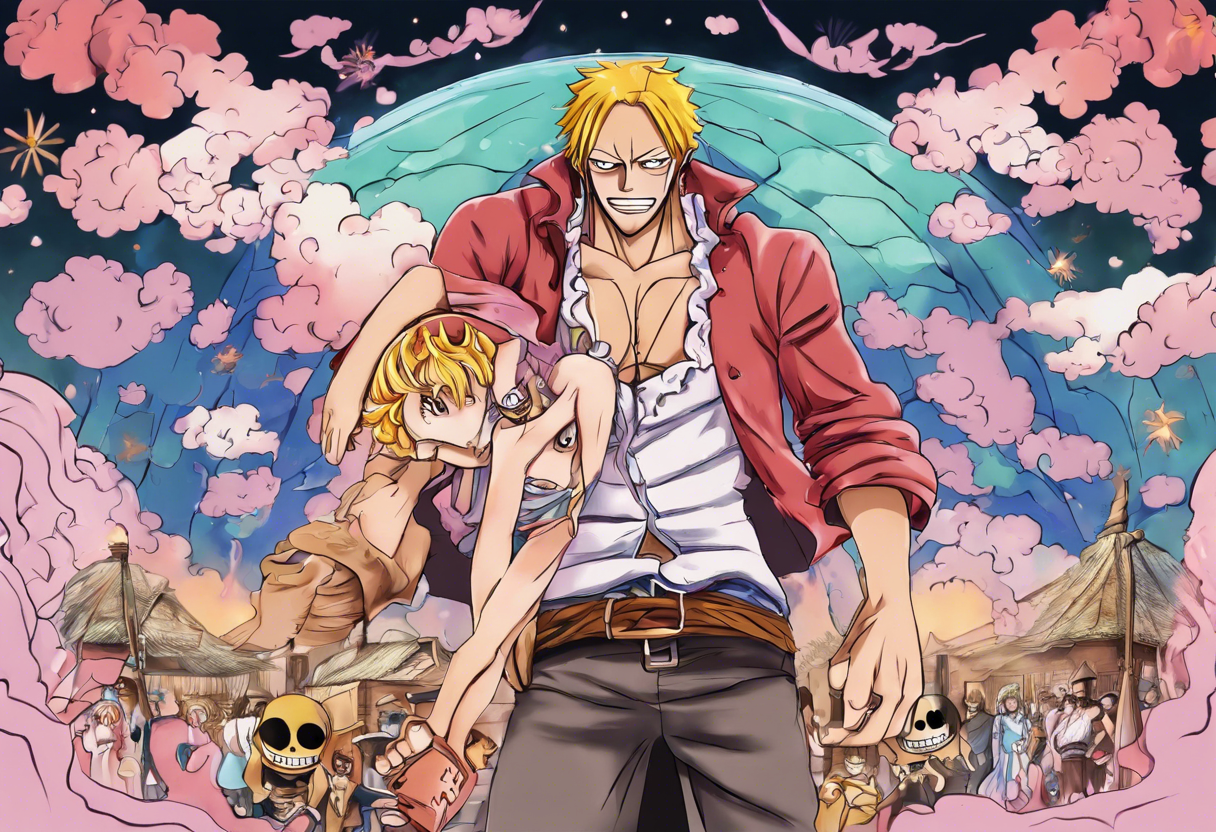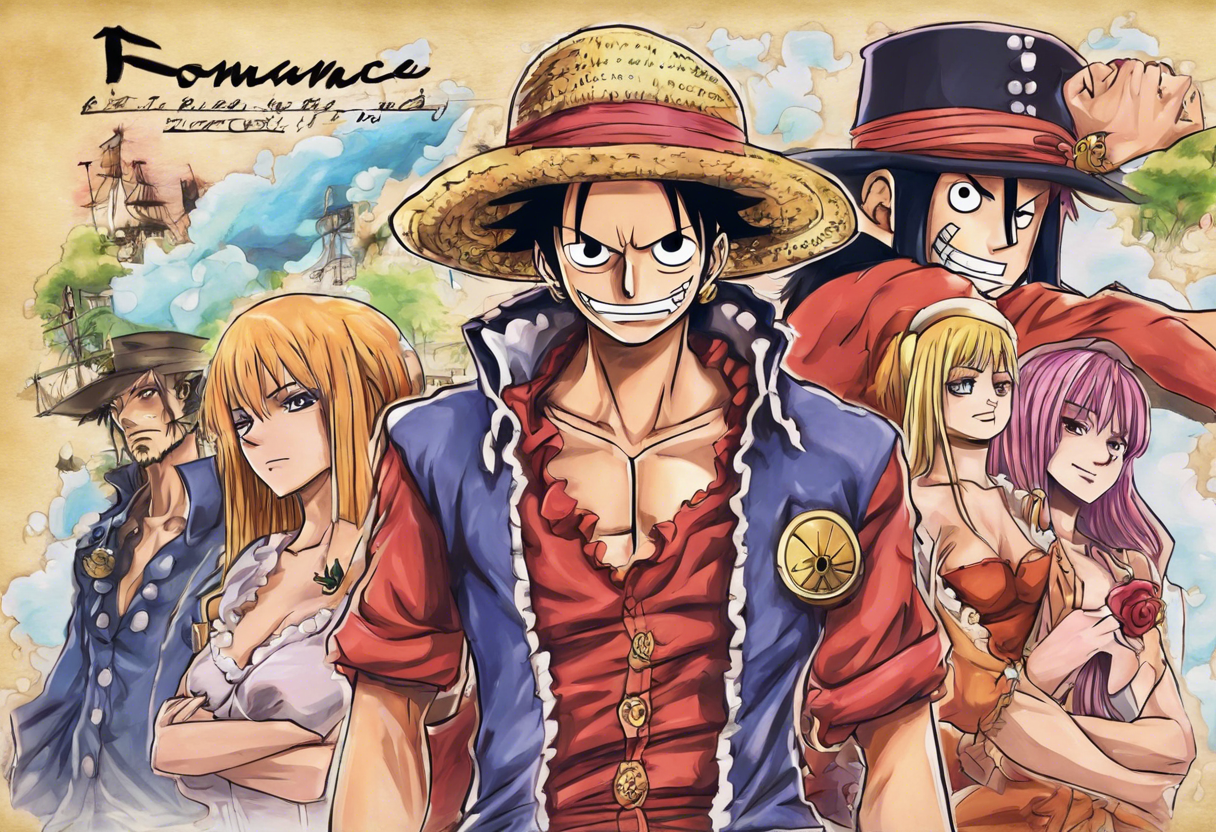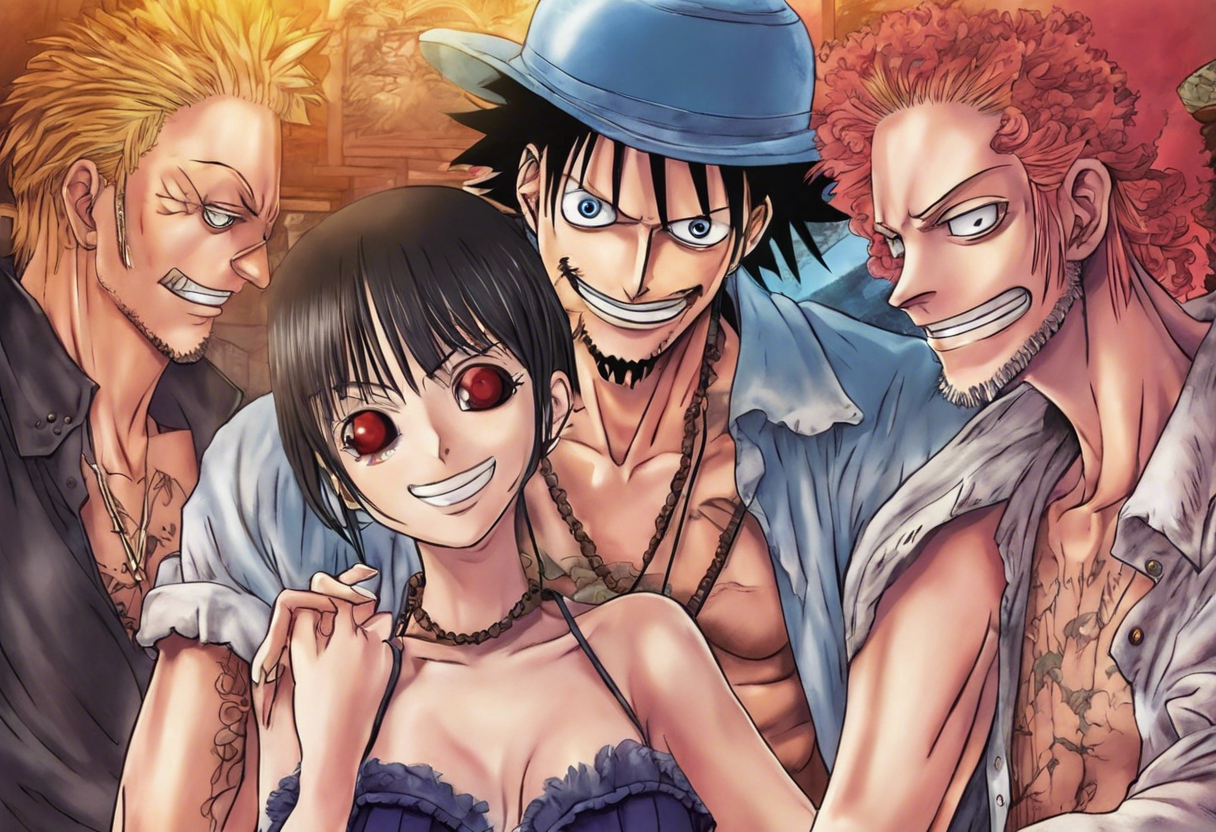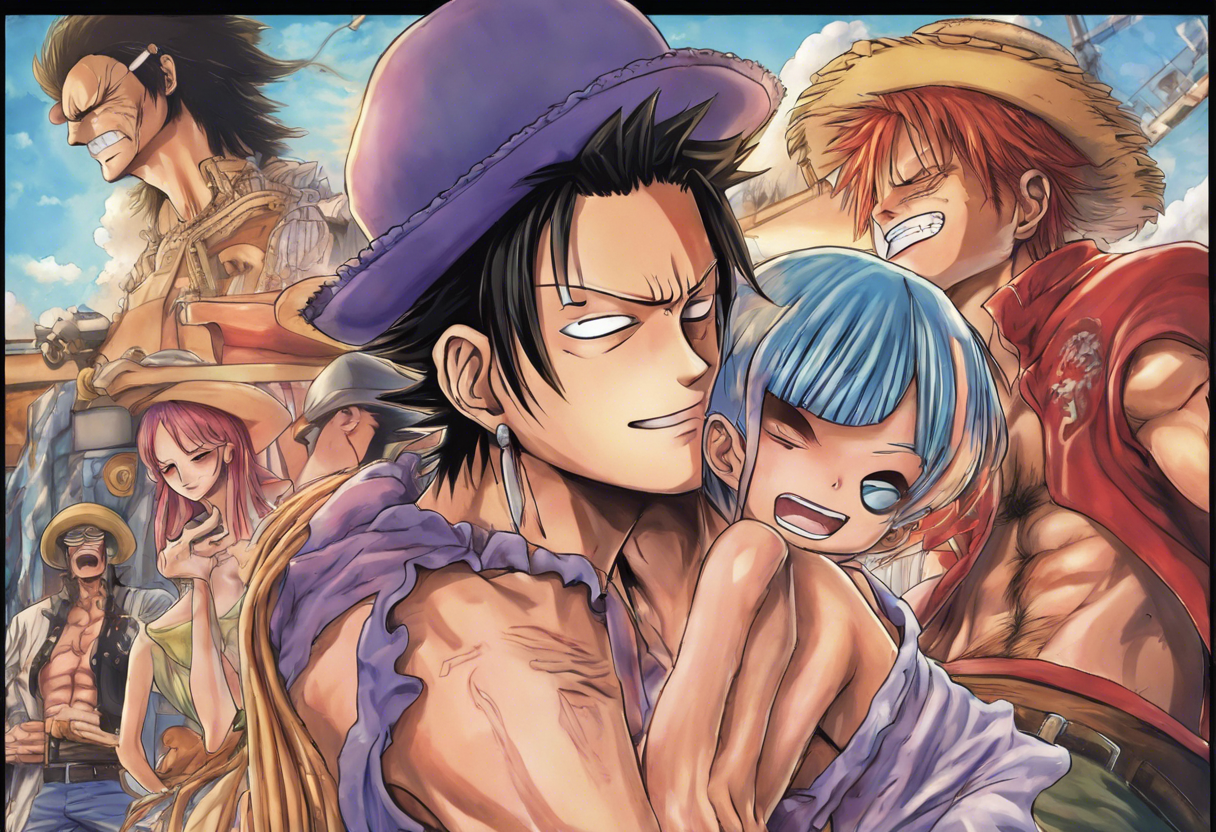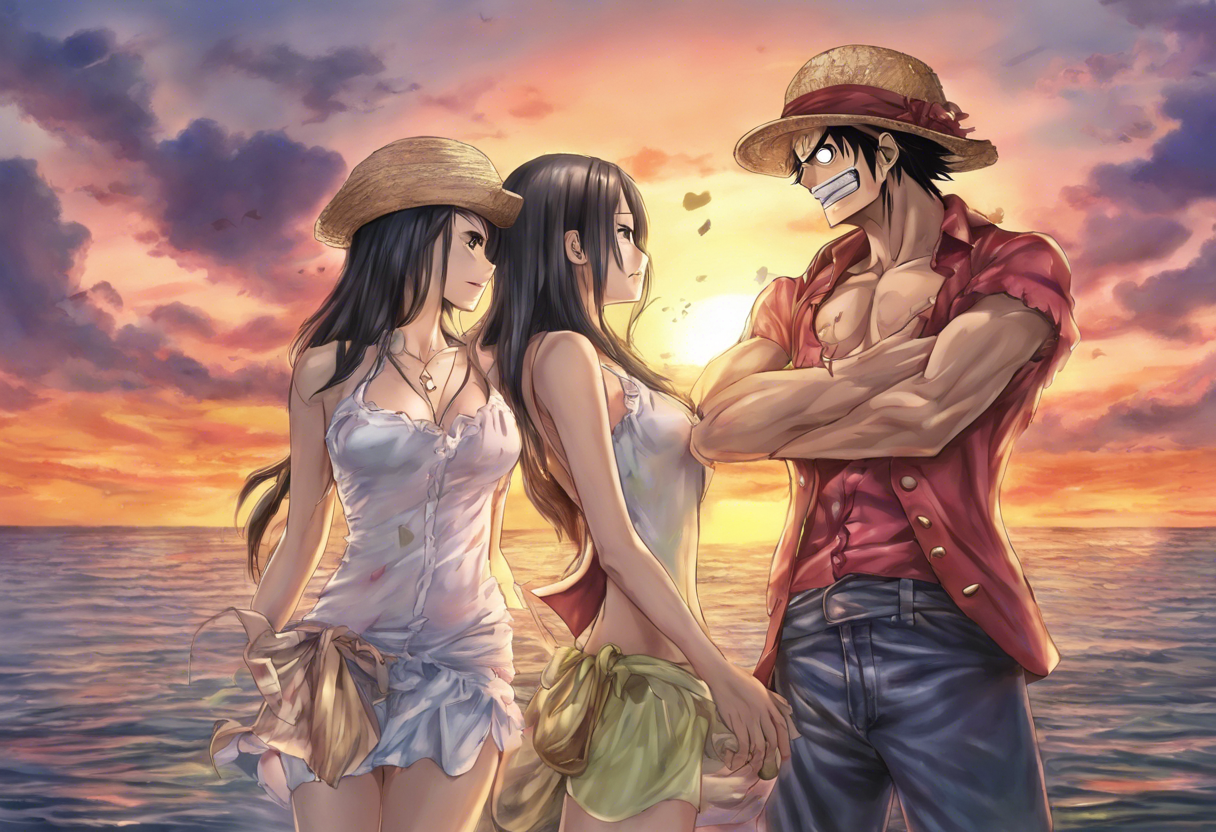Contents
Introduction
The Romance Dawn arc is the inaugural storyline of the beloved anime and manga series, One Piece, created by Eiichiro Oda. This arc serves as the foundational introduction to the vast and epic world of One Piece, setting the stage for the adventures of Monkey D. Luffy and his crew. The anime adaptation of Romance Dawn was produced by Toei Animation, with Oda himself being heavily involved in the creative process to ensure fidelity to the original manga.
Released in 1999, the Romance Dawn arc consists of just three episodes in the anime and seven chapters in the manga, yet it packs a significant punch in terms of introducing key characters, themes, and the overarching narrative of the series. The director of the anime series, Konosuke Uda, along with other key creative figures, worked closely with Oda to bring this initial arc to life.
What sets Romance Dawn apart is its ability to balance introduction and entertainment seamlessly. Despite being one of the shortest arcs in the series, it lays the groundwork for the complex characters, themes, and world-building that One Piece is renowned for. This arc is a testament to Oda’s storytelling prowess and his ability to engage audiences from the very beginning.
Plot Summary
The Romance Dawn arc begins with the introduction of Monkey D. Luffy, a young boy who dreams of becoming the Pirate King. The story delves into Luffy’s childhood, where he meets his mentor, the pirate captain "Red Haired" Shanks. It is during this period that Luffy consumes the Gum-Gum Devil Fruit (Gomu Gomu no Mi), which grants him the ability to stretch his body like rubber[1].
The arc also introduces Roronoa Zoro, a skilled bounty hunter and swordsman who becomes Luffy’s first crew member. Together, they confront "Axe-Hand" Morgan, a corrupt Marine captain who terrorizes a small town. The duo’s victory over Morgan marks the beginning of Luffy’s pirate career and sets the stage for his future adventures%[1][1].
Additionally, the arc introduces Koby, a young boy who aspires to join the Marines, and provides a glimpse into the broader world of One Piece, including the execution of Gold Roger, the former Pirate King, which sparks the Great Pirate Era[2].
Themes and Symbolism
The Romance Dawn arc is rich in themes and symbolism that are central to the One Piece series. One of the primary themes is the power of dreams and aspirations. Luffy’s dream of becoming the Pirate King and Zoro’s ambition to become the greatest swordsman in the world are emblematic of this theme. The arc emphasizes the importance of chasing one’s dreams, no matter how daunting they may seem[1].
Another significant theme is the concept of freedom. Luffy’s desire to become the Pirate King is symbolically tied to the idea of ultimate freedom. This theme extends to other characters as well, who seek various forms of independence and the ability to live their lives as they choose[1].
The arc also introduces the concept of Devil Fruits, which serve as symbols for the characters who consume them. Luffy’s Gum-Gum Fruit, for example, symbolizes his flexibility and adaptability as a leader[3].
Cultural Impact
The Romance Dawn arc has had a profound cultural impact, both within Japan and globally. As the introductory arc of One Piece, it set the stage for a series that would become a cultural phenomenon. The series has transcended the boundaries of manga and anime, influencing various aspects of popular culture.
One Piece has been praised for its representation of Japanese culture and tradition, with Oda incorporating elements from Japanese folklore, myths, and art styles such as Ukiyo-e[4]. The series has also inspired numerous adaptations, including video games, movies, and merchandise, further solidifying its place in popular culture.
Critical Reception
The Romance Dawn arc has been well-received by both critics and audiences. The introduction to Luffy and his world has been praised for its engaging storytelling and memorable character designs. Oda’s artwork in the manga and the anime adaptation’s faithfulness to the original material have been particularly commended[1].
However, some critics have noted that the animation in the early episodes of the anime can be a bit choppy, but this has been seen as part of the series’ charm and nostalgic value[1].
Legacy
The Romance Dawn arc has left an enduring legacy in the world of anime and manga. It has set the foundation for a series that has become one of the most beloved and longest-running anime franchises. The themes and characters introduced in this arc continue to inspire new generations of fans.
The arc’s emphasis on dreams, freedom, and the power of friendship has resonated with audiences worldwide, making One Piece more than just an entertainment series but a cultural icon. The influence of One Piece can be seen in various other anime and manga series, and it continues to be a benchmark for storytelling and character development in the genre.
References
- https://poggers.com/blogs/anime/one-piece-romance-dawn-arc-summary-review
- https://www.thereviewgeek.com/onepiece-s1e1review/
- https://www.ask.com/entertainment/discovering-themes-symbolism-one-piece
- https://gmj.manipal.edu/issues/JUNE2021/S6Odyssey%20of%20the%20cultural%20narrative%20Japan%E2%80%99s%20cultural%20representation%20in%20Eiichiro%20Oda’s%20One%20Piece.pdf
- https://opencritic.com/game/2368/one-piece-romance-dawn/reviews

